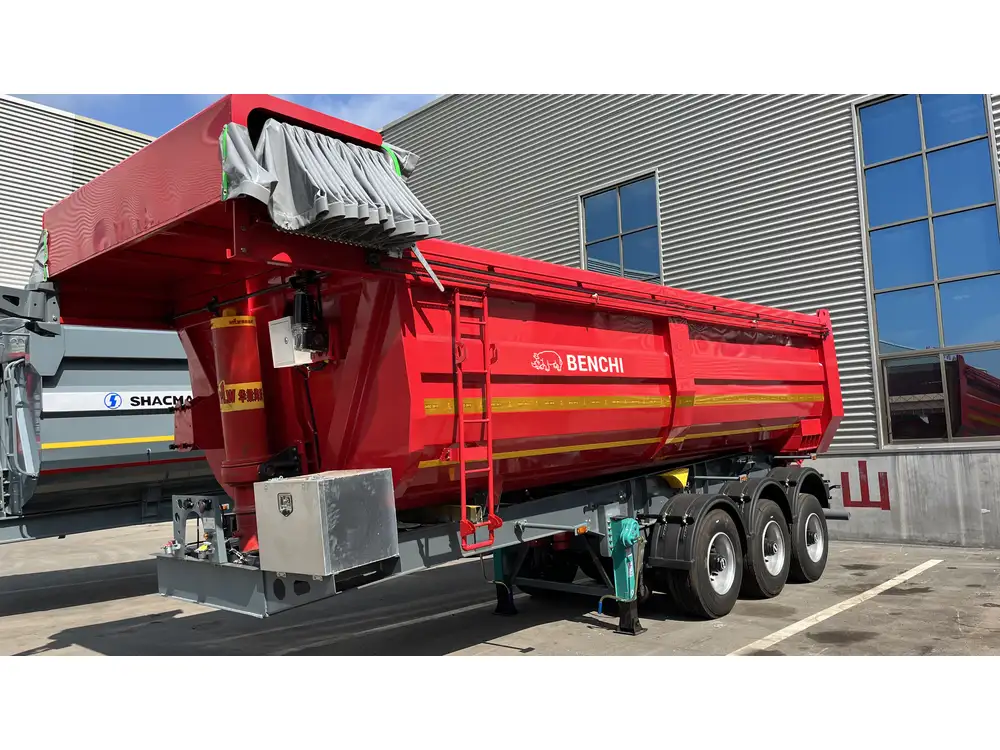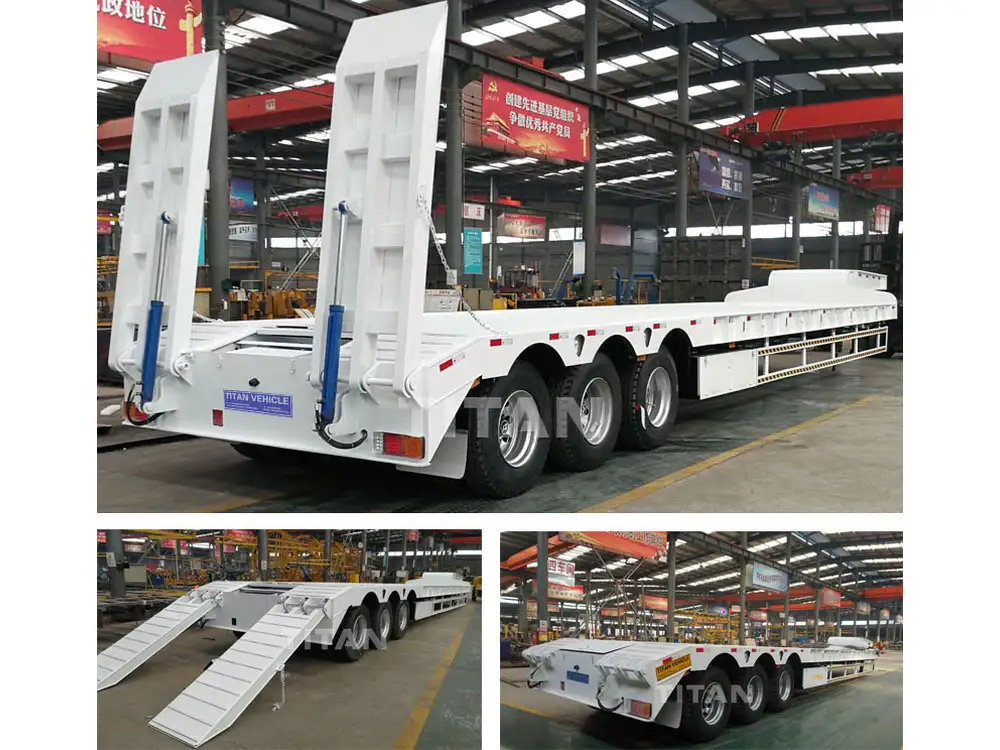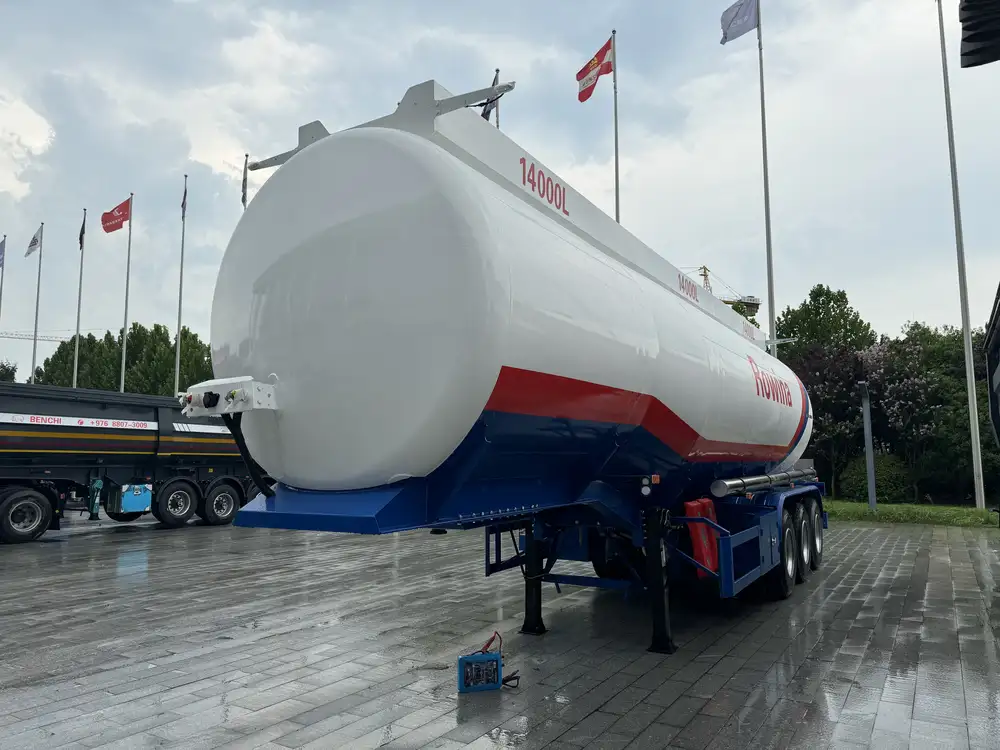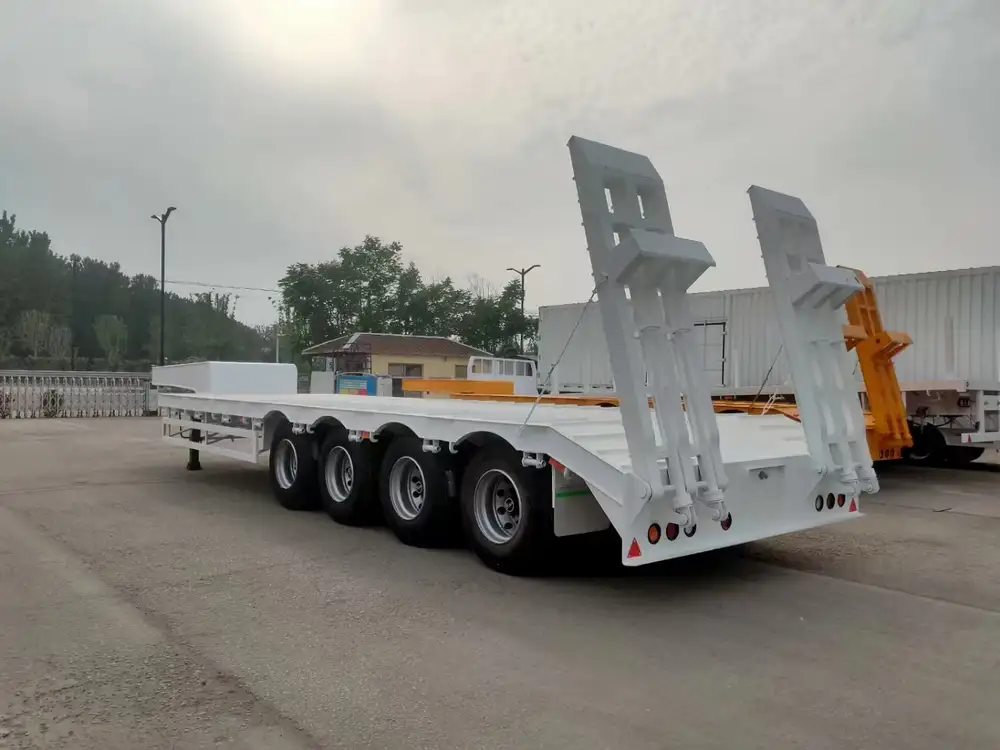Flatbed trailers are essential tools in the transportation and logistics sector, allowing for the easy movement of oversized or irregularly shaped loads. One crucial aspect of using flatbed trailers safely and efficiently is understanding the types and quantities of straps needed to secure cargo effectively. In this guide, we will explore how many straps a flatbed trailer typically uses, the different types of straps available, regulations governing their use, and best practices for securing loads.
How Many Straps Does a Flatbed Trailer Need?
When asking “how many straps does a flatbed trailer have,” the answer isn’t straightforward. It largely depends on various factors, including the type of cargo being transported, the size of the trailer, and the applicable regulations. Here’s a breakdown to help clarify the issue:
| Factor | Explanation |
|---|---|
| Type of Cargo | Weight and dimensions significantly impact strap usage. |
| Length of Flatbed Trailer | Standard lengths are 48 feet or 53 feet; longer trailers may require more straps. |
| Regulations | Federal and state laws define specific cargo securement protocols. |
| Transport Conditions | Environmental factors like wind and road conditions can necessitate additional straps. |
Common Guidelines for Strap Quantity
The Federal Motor Carrier Safety Administration (FMCSA) provides guidelines that can serve as a baseline for determining the number of straps required. Key recommendations include:
- One strap per 10 feet: A common rule of thumb suggests utilizing one strap for every ten feet of cargo length.
- Weight-to-strap ratio: Each strap is generally rated for a certain weight capacity. Standard webbing straps have a working load limit (WLL) ranging from 1,000 lbs to over 6,000 lbs, depending on the strap type and construction.
- Cargo stability: Additional straps may be necessary for securing wider, taller, or unusually shaped cargo.
For example, if you are transporting a load of 20 feet using a standard flatbed trailer (53 feet long), at least two straps would be a starting point if the load weighs less than what one strap can handle alone.

Types of Straps Used in Flatbed Trailers
There are several types of straps commonly used for securing cargo on flatbed trailers. Understanding these can help determine the right type and quantity for your specific needs.
1. Ratchet Straps
These straps offer significant tensioning capabilities, making them ideal for securing heavy loads. Ratchet straps are designed with a ratcheting mechanism that allows you to incrementally tighten the strap according to the cargo needs.
2. Cam Buckle Straps
Ideal for lighter loads, cam buckle straps feature a buckle that locks the strap in place with a simple cam mechanism. They provide ease of use and are excellent for situations where cargo does not require intense securing pressure.

3. Tie-Down Straps
Often used in conjunction with ratchet or cam buckle straps, tie-down straps serve as an additional layer of safety. These can be a crucial part of a comprehensive cargo securing strategy, ensuring that unexpected shifts are adequately accounted for.
4. Webbing Straps
Webbing straps are flexible, durable, and can handle various loads. They come in different widths and lengths, allowing for versatile applications. We recommend ensuring that the width and material chosen reflect the load’s requirements.
5. Edge Protectors
While not straps themselves, edge protectors are crucial for preventing the straps from fraying or breaking against cargo edges. Consider these when securing irregular shapes or heavier items.

Regulatory Standards and Best Practices
Federal Regulations
In the U.S., cargo securement rules are primarily governed by the FMCSA regulations. Drivers and carriers are required to ensure their loads are securely fastened and can withstand the forces encountered during transport.
Securement Techniques
To ensure loads are adequately secured, follow these established best practices:
- Positioning: Place straps near the center of the load whenever possible, distributing weight evenly across the trailer.
- Tension: Ratchet straps should be tightened enough to secure cargo without damaging it. Over-tightening can lead to cargo deformation or strap failure.
- Inspection: Regularly inspect straps for fraying, wear, or damage before and during transport.

Load Distribution
Another critical factor to consider is load distribution. Uneven load placement can cause instability, which may not only result in inefficiencies but could also lead to accidents on the road. Follow these guidelines to maintain proper load balance:
- Center Heavy Items: Heavier items should be placed towards the middle of the trailer for balanced weight distribution.
- Avoid Overhang: Excess overhanging cargo can create dangerous conditions and requires additional securing measures.
The Importance of Properly Securing Your Load
Proper load securement is not just a matter of complying with regulations; it directly affects safety, efficiency, and costs associated with potential damage to cargo and property. Understanding why this matters can help solidify the structures necessary for best practices in flatbed trailer cargo securing.
Safety
Inadequately secured loads can lead to dangerous situations on the road. Shifting or falling cargo can cause accidents, endangering the driver, other road users, and creating liability issues.

Financial Implications
Cargo loss not only incurs the cost of replacement but can also lead to delays, insurance claims, and damage to the company’s reputation. Effective Securement practices can mitigate these expenses.
Choosing the Right Straps for Your Needs
When selecting straps for flatbed trailers, consider the types of loads you will be transporting regularly. Make a well-informed decision by assessing the following criteria:
| Criteria | Description |
|---|---|
| Load Weight | Evaluate the total weight and dimensions of your cargo. |
| Strap Type | Choose based on the weight and nature of the cargo; heavier loads necessitate ratchet straps, while lighter setups might only need cam buckle straps. |
| Environment | Weather conditions can influence material choice and durability. |
Example Load and Strap Selection
Example Load: 8,000 lbs of steel beams measuring 20 feet long
- Recommended Strap Type: Ratchet Straps
- Quantity: Minimum of 4 straps to ensure ample coverage (two at 10-foot intervals).

Conclusion: Mastering Flatbed Trailer Cargo Securement
Determining how many straps a flatbed trailer requires is a complex task that involves evaluating your cargo’s specific characteristics and adhering to regulatory standards. The stakes are high, considering the implications for safety, costs, and operational efficiencies.
In summary, by familiarizing yourself with the types of straps, regulatory requirements, and effective securing practices, it becomes clear that understanding the various factors at play is crucial. To determine the ideal number and type of straps, consider the weight of your cargo, the length of your flatbed trailer, and always adhere to established safety protocols.
Ultimately, ensuring your cargo is secure is not merely about compliance — it is about establishing safe transportation practices that bolster your credibility, efficiency, and overall success in the logistics landscape.



